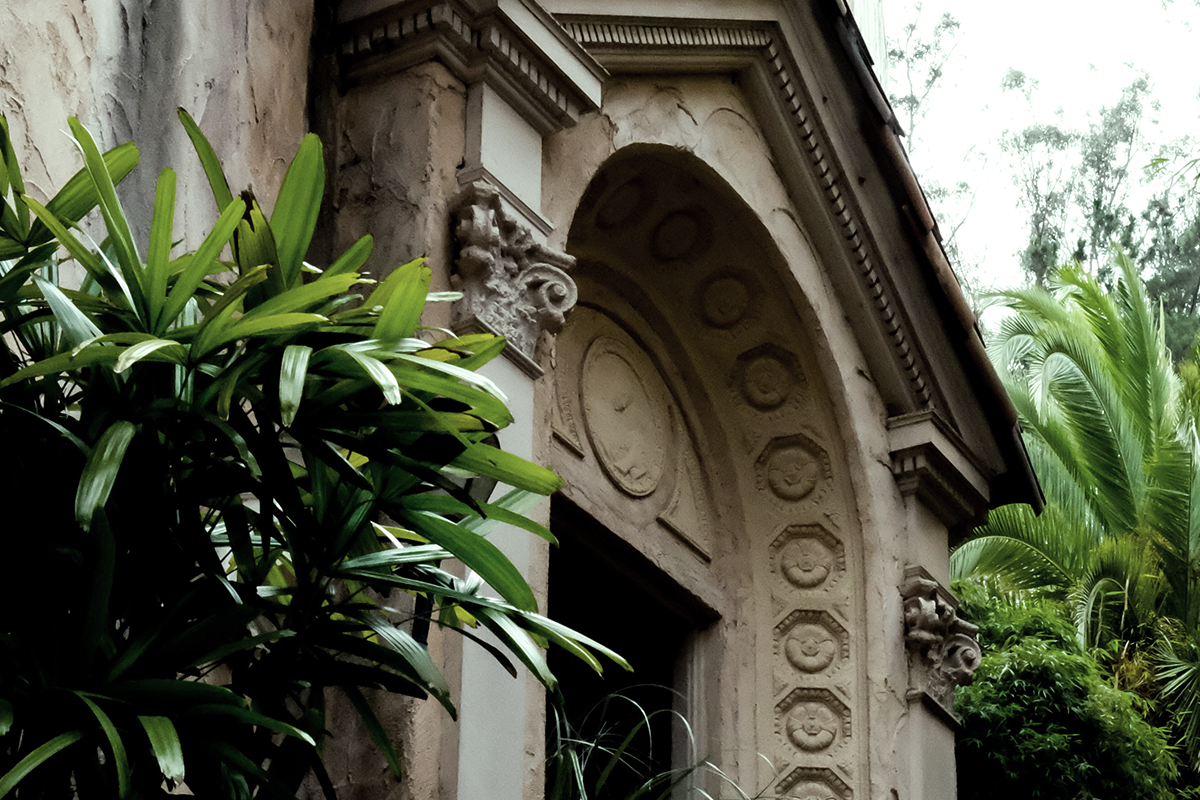SF: Hayes Valley
Talk about a reinvention. Hayes Valley went from a very rough part of town to one of San Francisco’s most sought-after neighborhoods. It’s the epitome of hip with its upscale boutiques, trendy restaurant lineup and multi-million-dollar renovations. SF Weekly describes the community vibe as “if the Mission and the Marina had a baby.”
Photo by: Alex Ferguson on Unsplash
The area was established as a streetcar suburb in the 19th century when San Francisco expanded west, developing a 500-block area known as the Western Addition. It was originally a mix of Victorian mansions and smaller homes for those who worked there. Over many decades, it became a dangerous part of the city.
Things began to change when the Central Highway was damaged in the 1989 Loma Prieta earthquake. It ran over Hayes Valley and residents successfully lobbied not to rebuild. This was a turning point for the community. Without the eyesore and noise of the highway, it opened way for a thoughtful rebuilding that set the foundation for modern day Hayes Valley. Today, a highway on-ramp is on Market Street, at the mouth of the neighborhood, making the rest of the Bay Area still accessible.
The majority of shopping and dining is along Hayes Street. Anina is a popular happy hour spot with an outdoor patio and original cocktails with ingredients like pineapple gum and cold brew coffee liqueur. Get one of my favorite meals at Michelin-starred, Rich Table (order the pierogis). You can’t go wrong with the famous roasted chicken from Zuni Café. There’s all the hipster chains you could possibly dream of—Salt & Straw, Blue Bottle, Boba Guys and Project Juice.
The neighborhoods that surround Hayes Valley embody the vibrancy and diversity of the city - The Mission to the south, Lower Haight and Alamo Square to the east, and the grittier Civic Center area across Van Ness to the west. That combination of influences gives Hayes Valley a bit more edge than some of its upscale counterparts.
There’s a handful of small parks and playgrounds in Hayes Valley and you’re also walking distance to larger green spaces like Alamo Square and Jefferson Square Park. The SFJAZZ Center opened in 2013 and bills itself as the first free-standing building built in America specifically for jazz performance and education.

